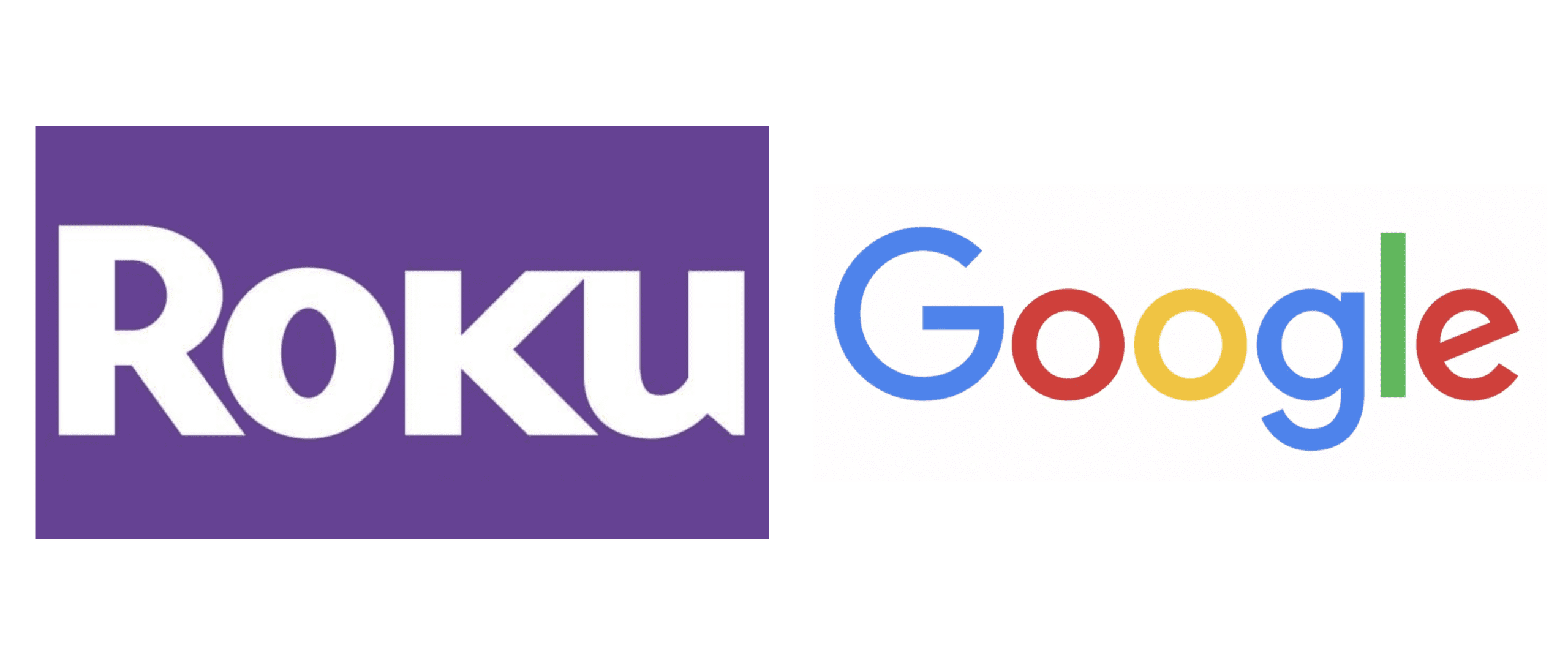The fight is over – for now. Connected TV provider Roku has reached a multiyear agreement with Google to keep YouTube and YouTube TV on its streaming platform. Thus ends a months-long standoff between Roku and Google that had resulted in Roku users losing access to YouTube TV (Google’s livestreaming service) and most likely the YouTube app. The deal will allow the 56.4 million active Roku accounts to continue to watch YouTube and YouTube TV without disruption. So, what does all this mean to advertisers? Let’s answer some questions:
Why does Roku matter to advertisers in the first place?
Roku matters because it’s a gateway to over-the-top (OTT) television viewing, which is gaining in popularity. OTT television refers to watching TV content that is streamed directly through the Internet – such as subscribing to a streaming service or streaming content from apps like YouTube on TV.
Approximately 2.3 billion people worldwide watch OTT content, and the number are growing. The OTT market will grow to $1.039 trillion by 2027, according to Allied Market Research. Of all the revenue made in the OTT market, 52 percent comes from advertising video-on-demand (AVOD). In short, advertisers are following the eyeballs.
You don’t need cable to watch OTT — but you do need a device like Roku.
Roku competes with devices such as Amazon Fire TV and Apple TV to offer audiences access to OTT. These devices collectively are known as connected TV. Roku is the most popular device, with a 37 percent share of TV viewing time in North America.
These devices control access to content on OTT. They need to support apps and streaming services in order for a viewer to get access to OTT. In short, connected TV devices wield considerable power. And Roku is especially popular because it sells smart televisions with built-in streaming technology along with devices that users can plug into TVs.
Roku makes most of its money selling ads on streaming channels and taking a share of the streaming services’ subscription revenue and ad inventory. In addition, Roku offers OneView, an ad-buying platform for TV streaming.
What was the problem between Roku and Google?
Roku had removed YouTube TV from its channel store in April as part of a dispute with Google over how search results were displayed on Roku’s platform. As a result, viewers could still watch the Google app, but access to the app was about to expire when Roku and Google reached a deal.
Roku alleged that Google interfered with Roku’s independent search results, requiring that it favor YouTube over other content providers. The company also claimed that Google discriminated against Roku by requiring search, voice, and data features not required of other connected TV devices.
As a result of Roku removing YouTube TV, an owner of a Roku device could not stream YouTube TV via OTT. The YouTube TV app allows subscribers to watch live TV channels online for a monthly fee. YouTube TV offers live streams of nearly 100 popular channels, including ESPN, CBS, Fox News, and CNN.
And, Google lost access to those viewers for its ad-supported YouTube TV service.
Why did Google and Roku reach an agreement?
Google was under pressure to reach a deal. Google would have lost out on millions of dollars in ad revenue in addition to the YouTube TV revenue that would have come from Roku. But Roku had motivation to reach an agreement, too. Competitors such as Amazon Fire TV and Apple TV carry YouTube. Roku could have lost customers to those competitors.
What were the terms of the deal?
Terms were not disclosed. We don’t know what concessions both sides made to restore access to YouTube TV for Roku viewers. Likely Google eased up on some behaviors that Roku deemed anticompetitive, but it’s hard to say exactly what might have happened.
What should advertisers do?
The news underscores why it is important for advertisers to understand the constantly evolving OTT and connected TV landscape. Connected TV makers are rolling out more ad units that increase revenue (for the connected TV devices) and reach (for advertisers). For example, Amazon is expanding advertising opportunities on Amazon Fire TV, which competes with devices such as Apple TV and Roku to stream content on connected TVs for millions of viewers. Amazon Fire TV is more than a connected TV provider. It’s a way for advertisers to reach people as they browse and discover new entertainment. One new ad unit, Sponsored Content Rows, is designed for businesses to promote content such as new shows and movies in the form of a row (or carousel) of sponsored content while people browse for shows on their connected TVs (akin to sponsored search results in a Google search engine results page).
Watch, learn, and capitalize on connected TV and OTT ad opportunities.
Contact True Interactive
Eager to capitalize on the opportunities connected TV can offer your brand? Contact us. We can help. Learn more about our connected TV services here.
For More Insight
“Advertiser Q&A: Connected TV,” Tim Colucci
